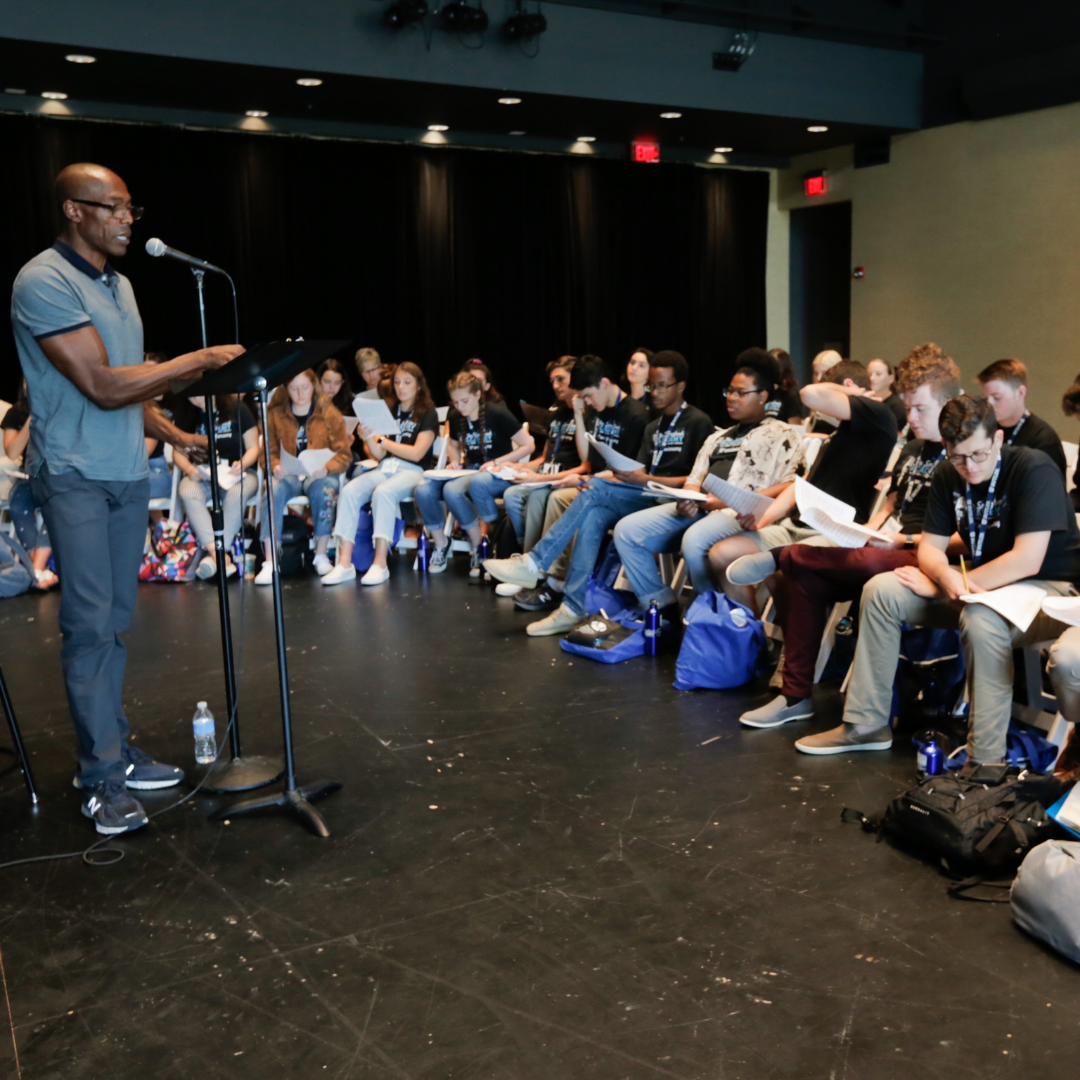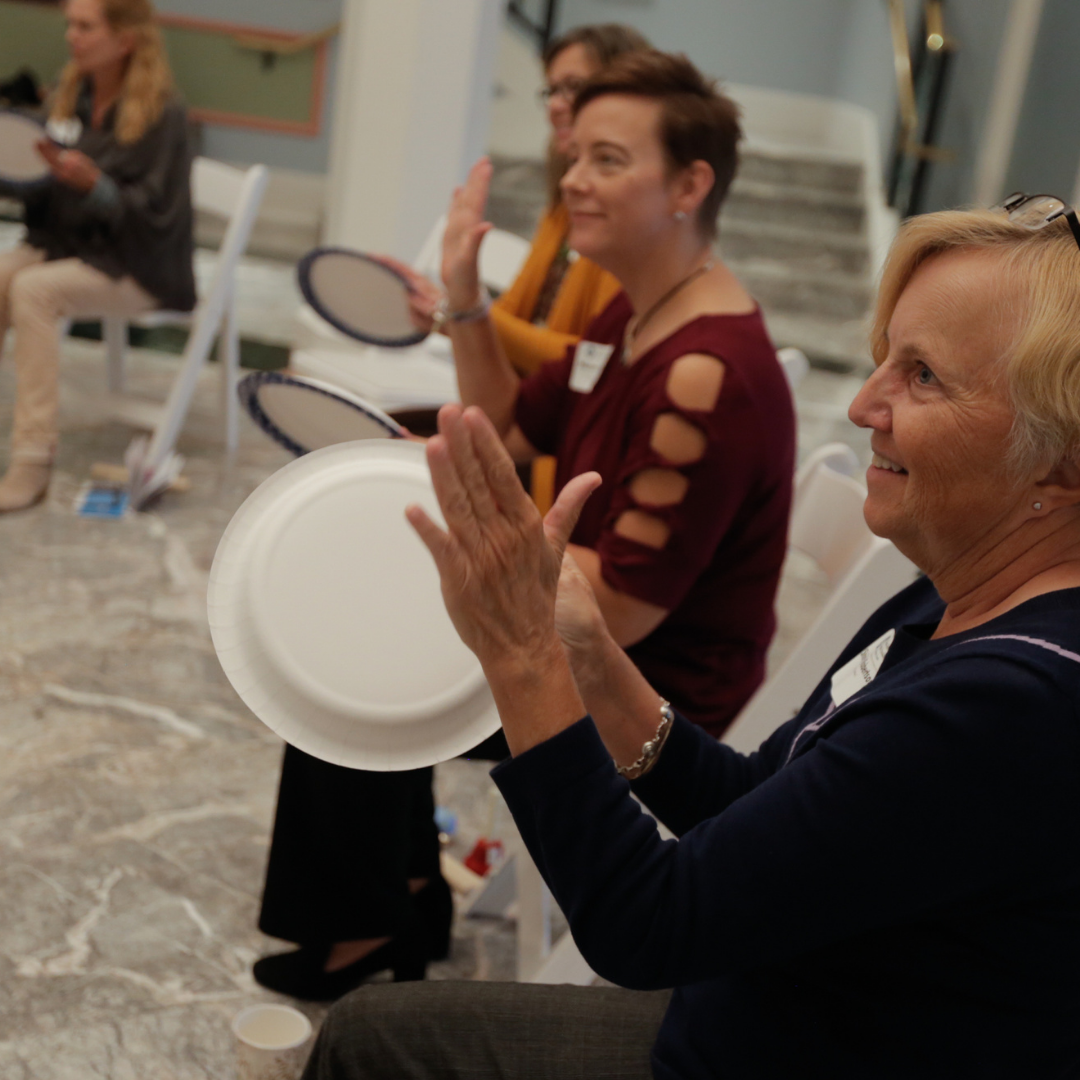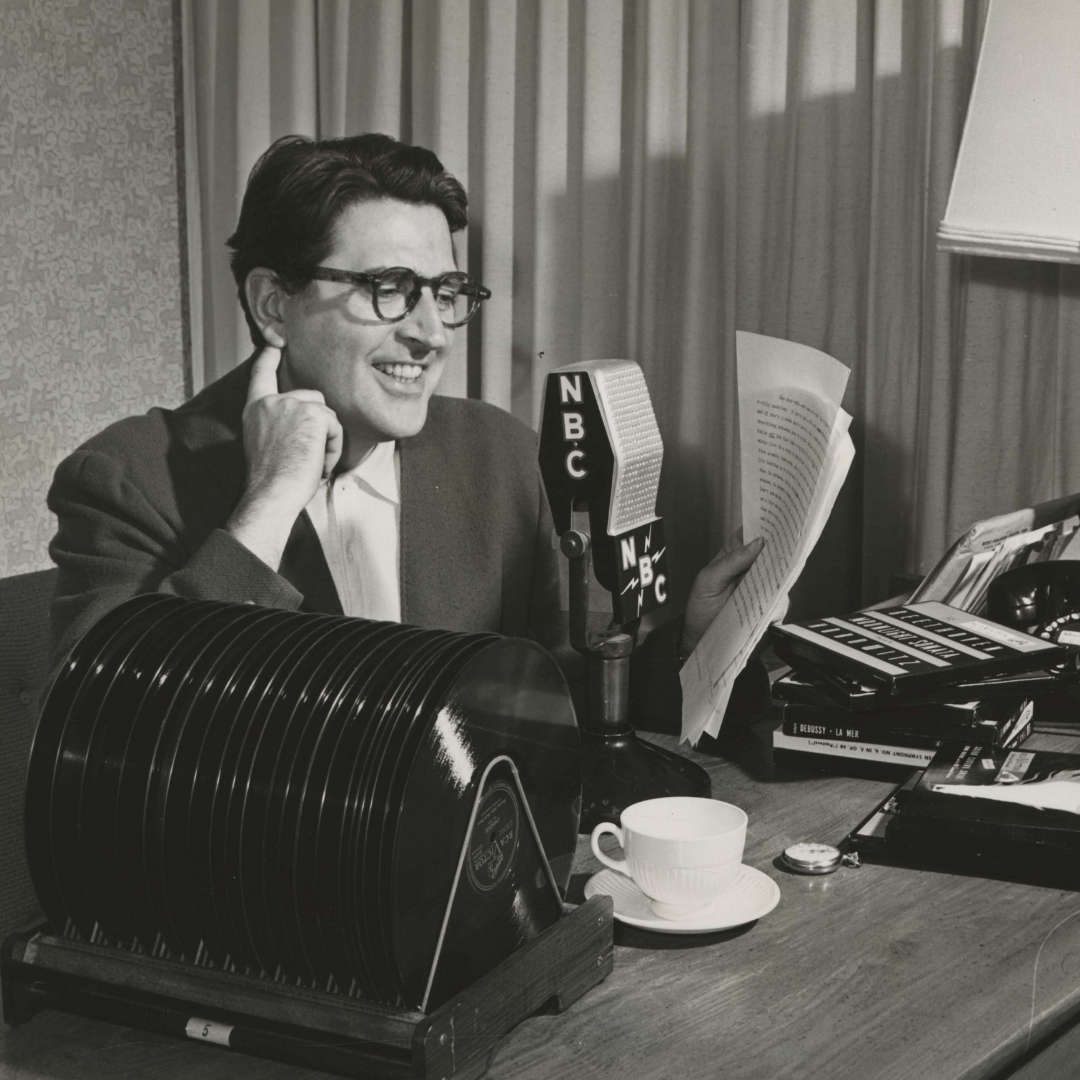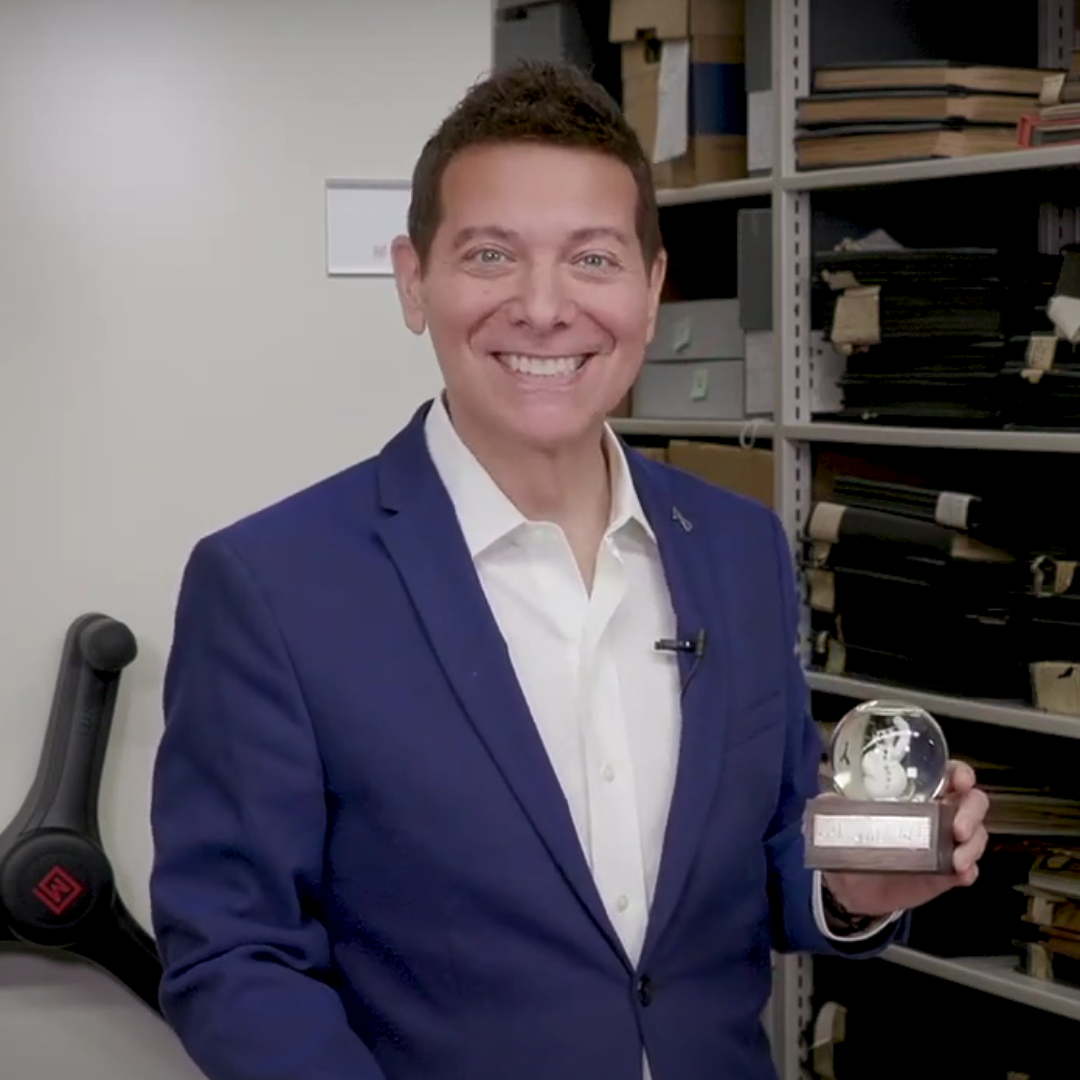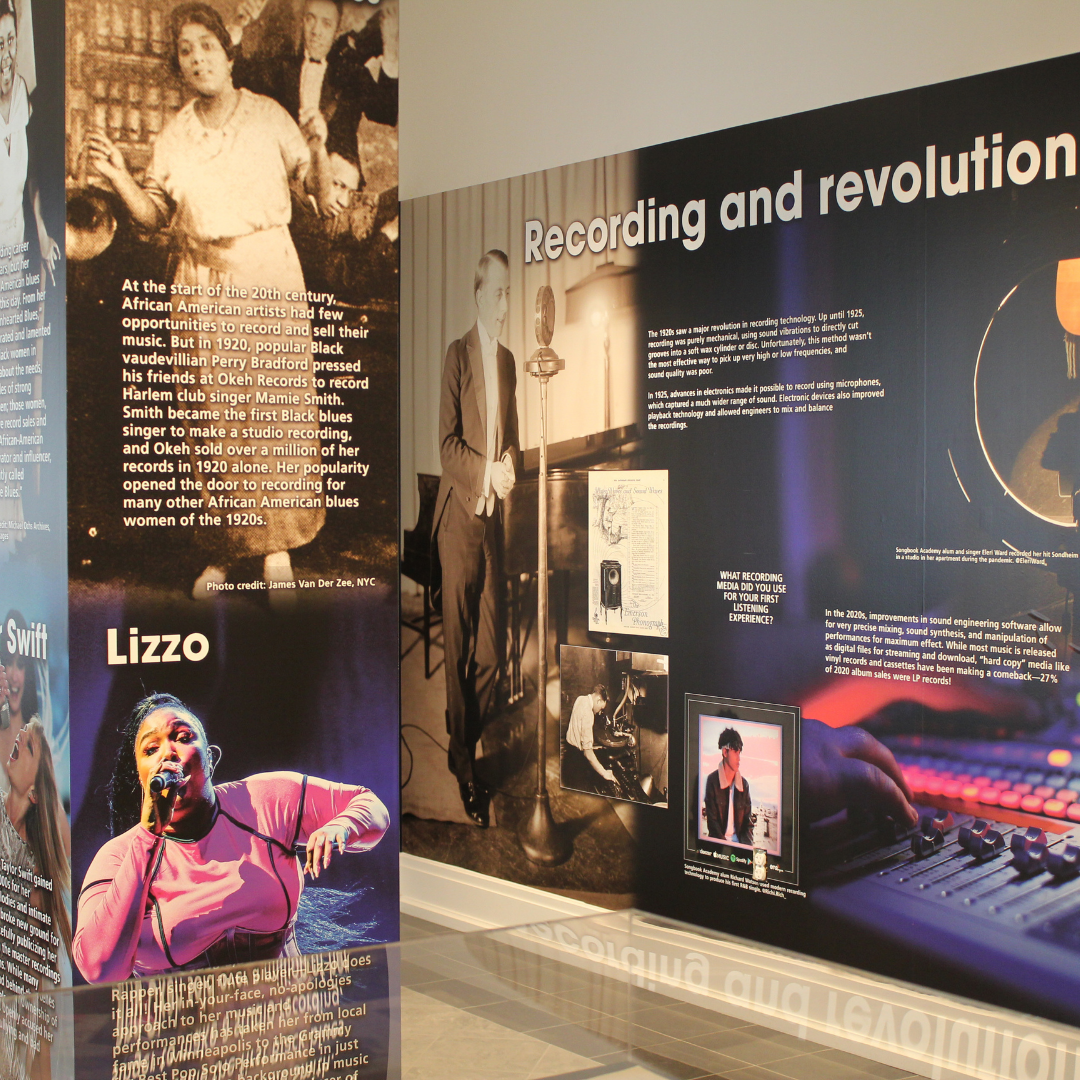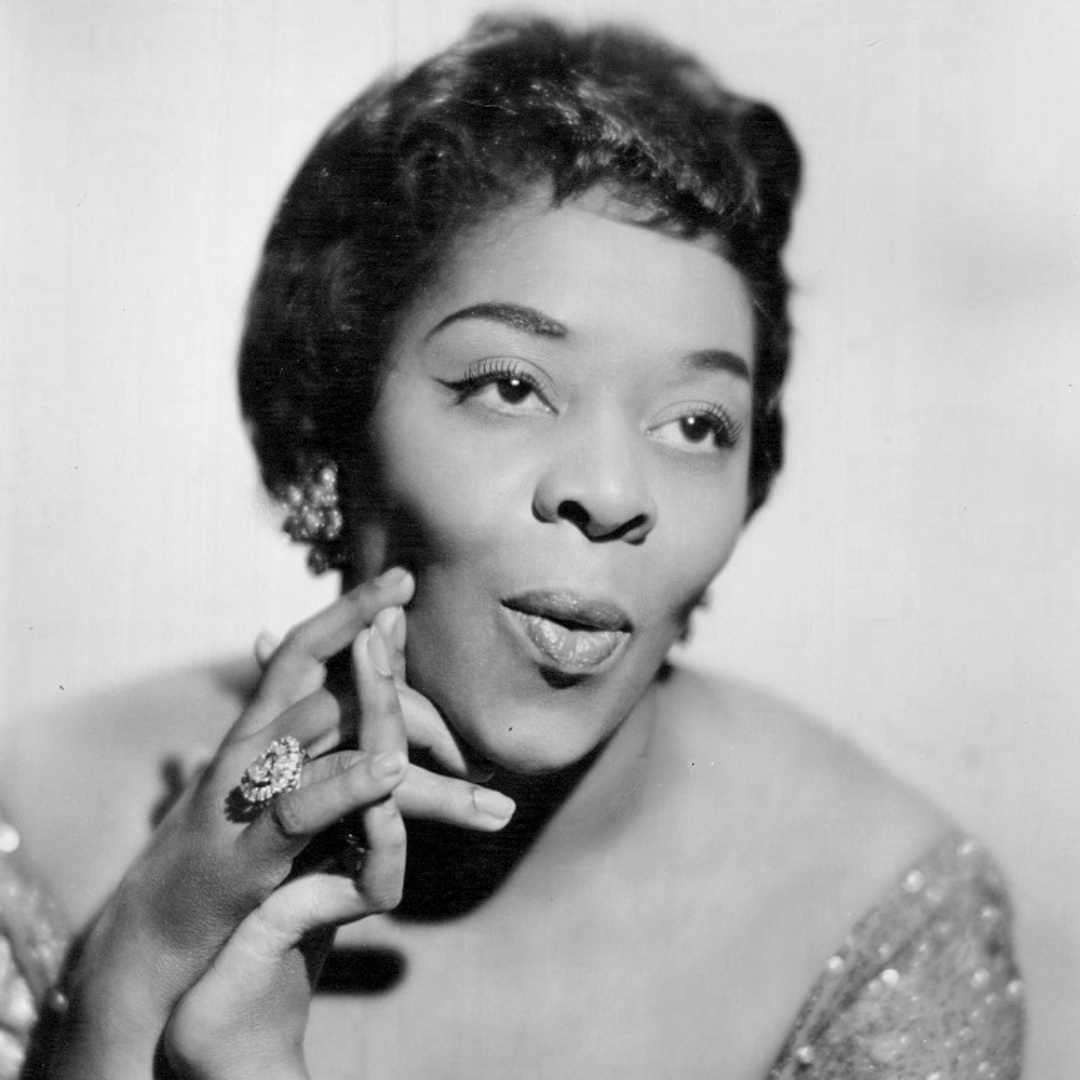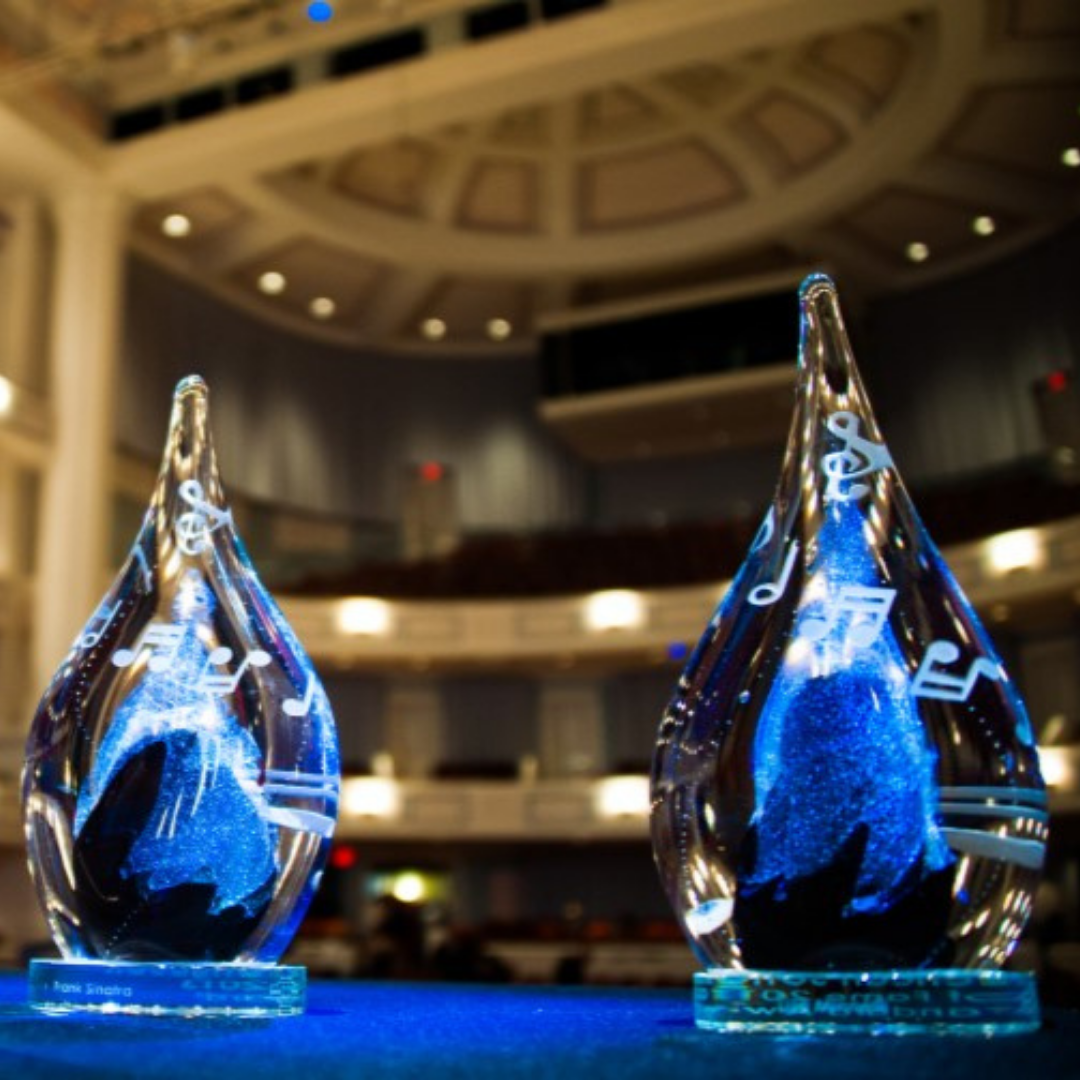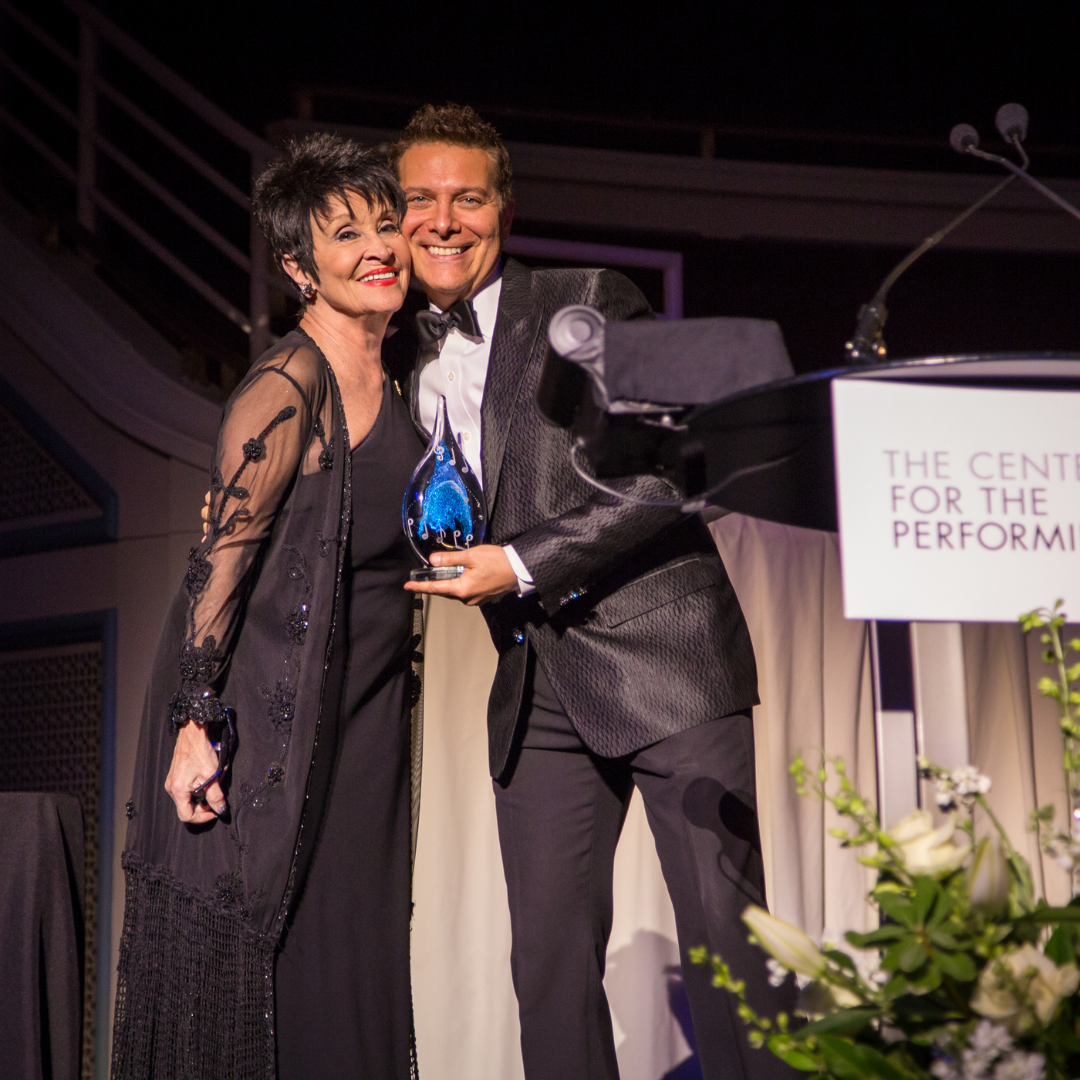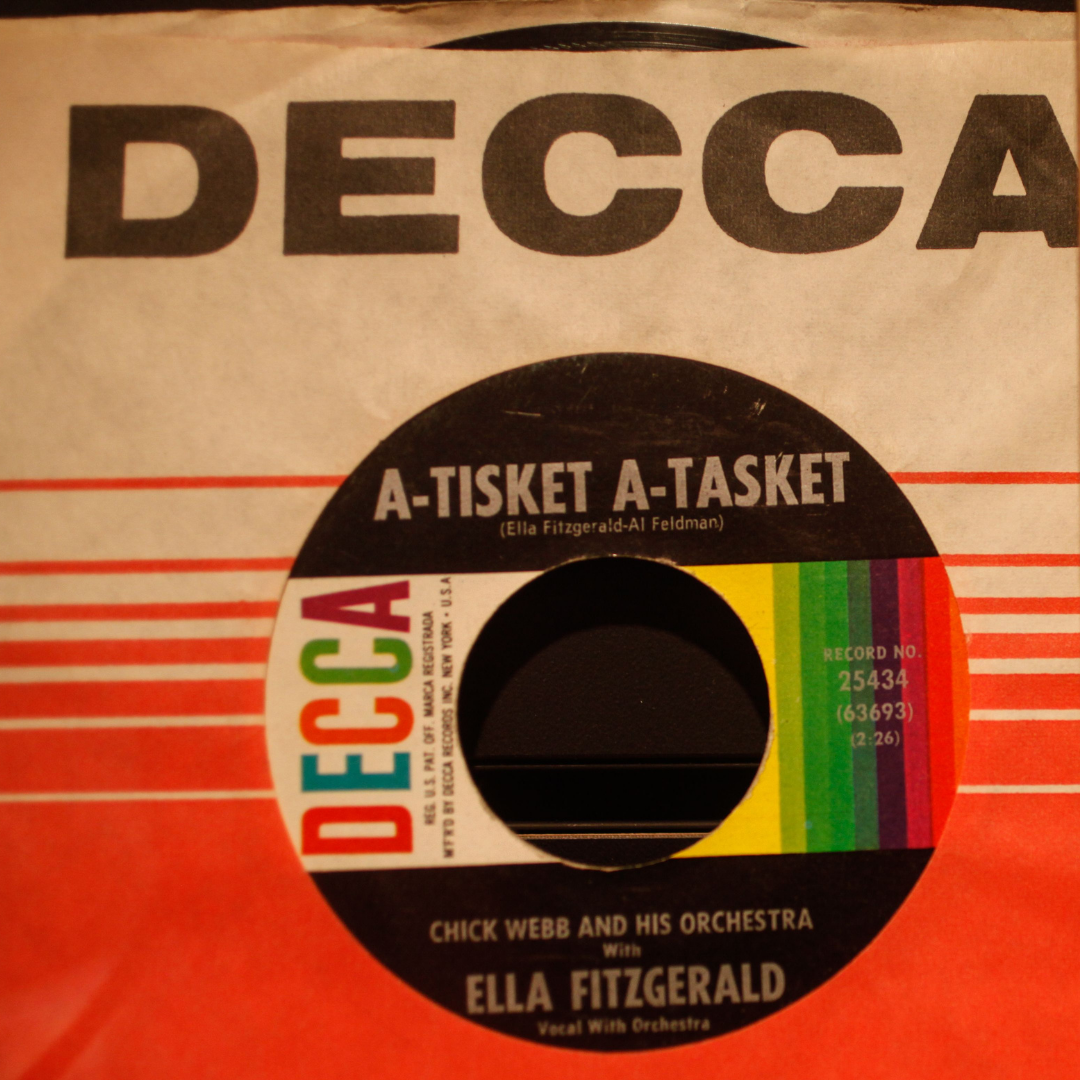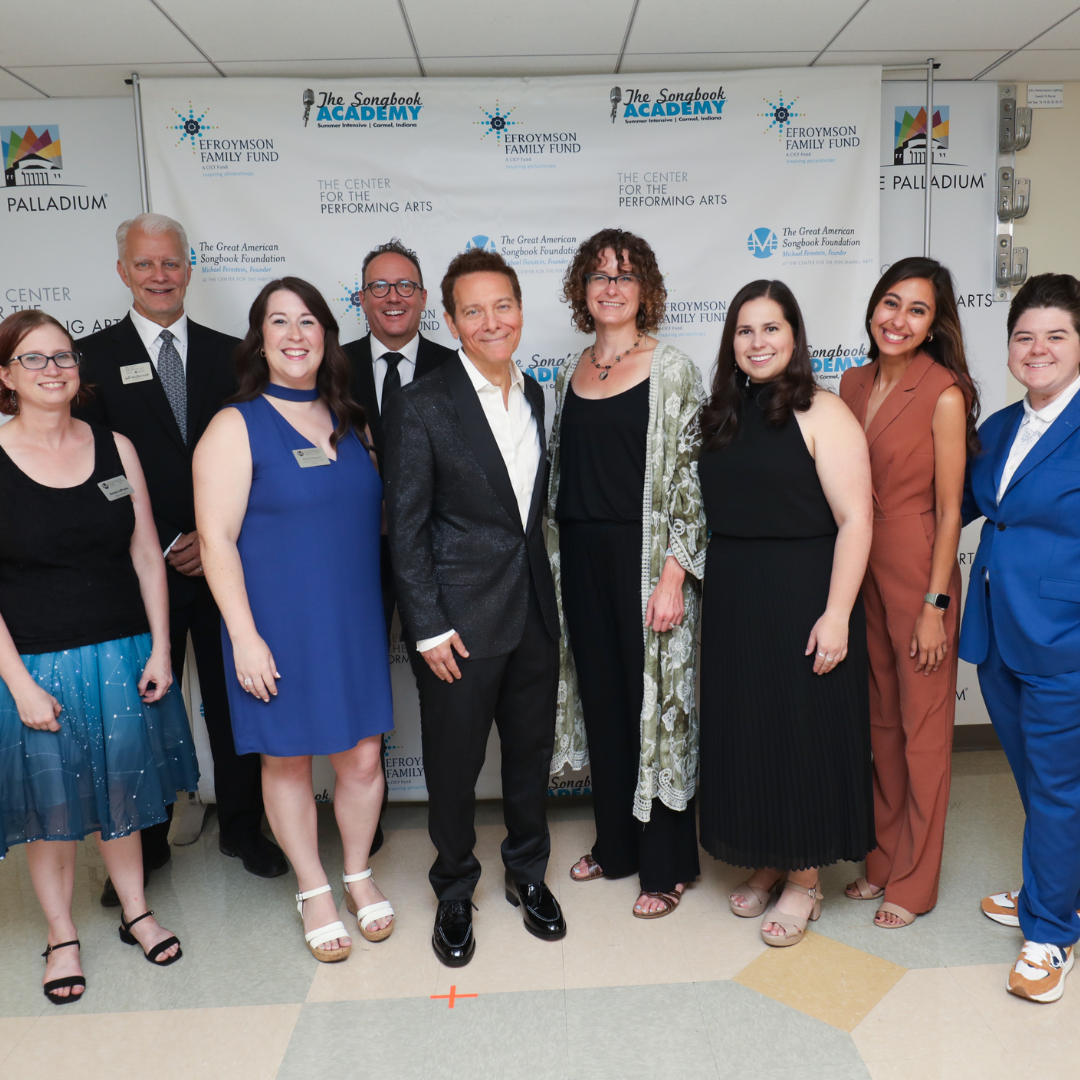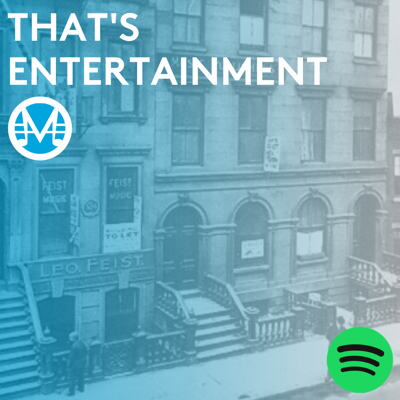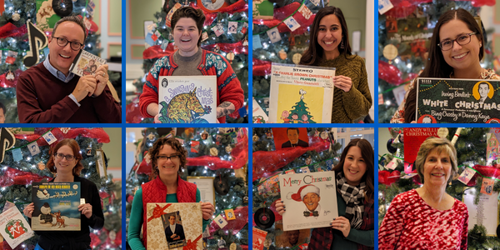That's Entertainment
December 31, 2020
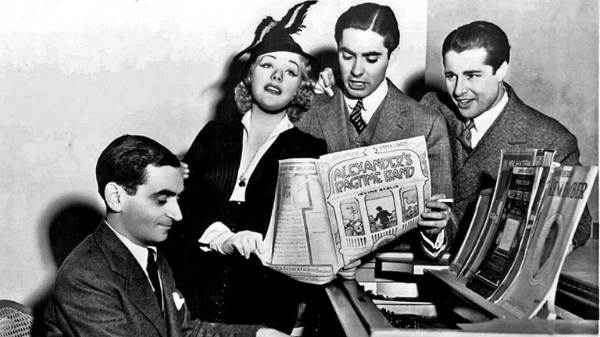
A Fine Romance: Jewish Songwriters, American Songs, 1910-1965
Featuring text from "A Fine Romance" traveling exhibit curated by David Lehman, and
developed by Nextbook Inc. and the American Library Association Public Programs Office
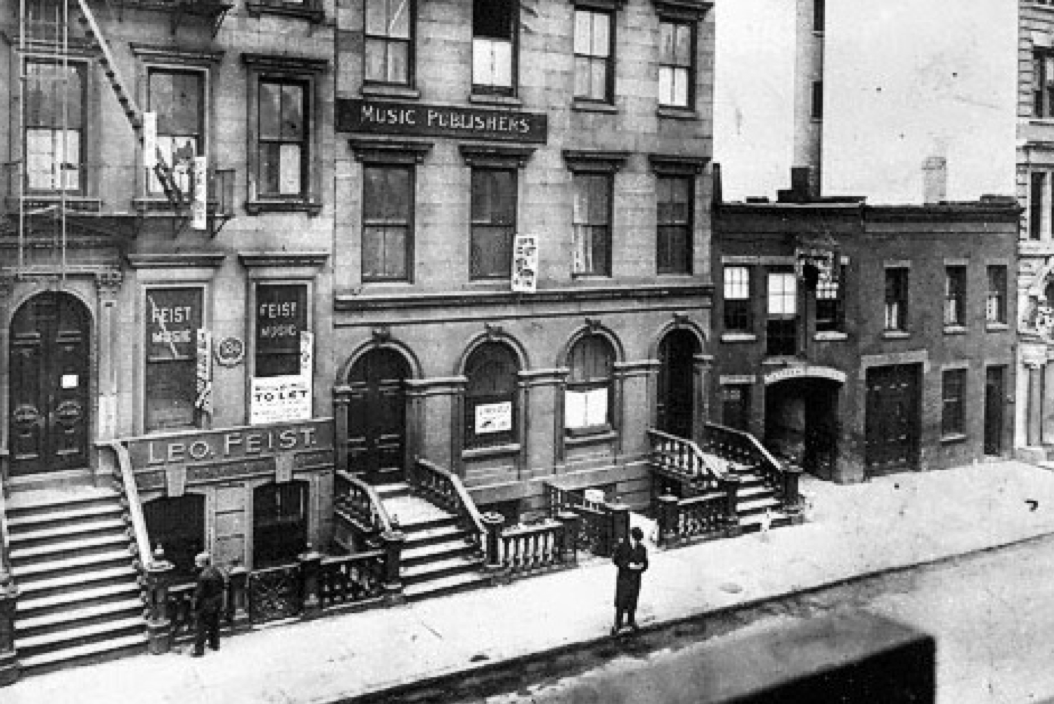
In the era preceding the radio’s centrality in every household’s living room, home entertainment consisted of a piano and voices, and the music industry revolved around the sale of sheet music. Music publishers had set up shop on an undistinguished street in Manhattan’s Flatiron district—Twenty-eighth Street between Broadway and Fifth Avenue—that came to be known as Tin Pan Alley.
Tin Pan Alley had produced such durable hits as “In the Good Old Summertime” (1902), “Take Me Out to the Ball Game” (1908), and “Let Me Call You Sweetheart” (1910). Then came “Alexander’s Ragtime Band” by Irving Berlin in 1911. Technically a march, not a rag, incorporating elements as unusual as a bugle call and a quotation from Stephen Foster’s “Old Folks At Home” (‘Swanee River,’ 1851), Berlin’s vivacious hybrid sold a million copies and made ragtime the rage. “Alexander” also launched a craze for social dancing, since you could dance more easily to ragtime than to the vaudeville ditties or sentimental ballads it displaced. Thus began the American songbook. Kern and Gershwin added to it before the decade ended. Then came the 1920s and an astonishing proliferation of brilliant songs.
Scene from the 1938 film, Alexander's Ragtime Band.
The songwriters didn’t set out to create a new art form in the thirty-two-bar song. But that is what they accomplished. The basic structure consists of a verse, or lead-in, followed by two eight-measure statements of the melodic theme; a bridge (or “release”) of the same length; and then eight final bars returning to the refrain and sometimes varying it. The form is nothing if not elastic. In “That Old Black Magic,” for example, Harold Arlen introduces leaps and drops that extend the melody to seventy-two bars.
During their effervescent heyday—a roughly fifty-five-year period between 1911 and 1965—popular songs fed a nexus of other arts and pastimes. The Broadway musical and its Hollywood counterpart in their prime; the jazz of Swing Street in midtown Manhattan and the Cotton Club in Harlem; the Big Bands of Benny Goodman and Artie Shaw, Tommy Dorsey and Glenn Miller; vocalists on the order of Frank Sinatra and Bing Crosby, Judy Garland and Ella Fitzgerald: all depended on the songwriters for their material.
Listen to the music featured in this exhibit
So, too, did the night clubs of a vanished era—the Copacabana, the Stork Club, and El Morocco in New York, and later the neon casinos of Las Vegas. The American songbook was the stuff of real or make-believe ballrooms, where people went (or imagined going) to dance the Lindy or the fox-trot at a time when ballroom dancing was all but universal, the very language of courtship.
About A Fine Romance
Recognizing that music and the arts have a unique power to build bridges and heal the human spirit, there is no better time to celebrate the contributions that immigrants from so many lands and cultures have made to American life. The Great American Songbook Foundation is proud to present this exhibition, A Fine Romance: Jewish Songwriters, American Songs, 1910-1965, curated by David Lehman and developed by Nextbook Inc. and the American Library Association Public Programs Office.



